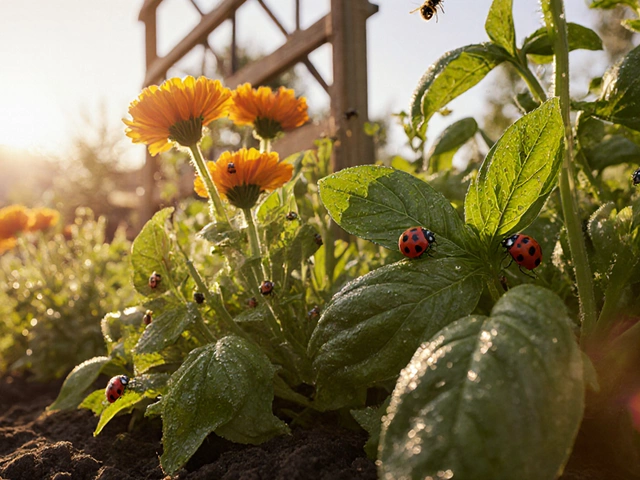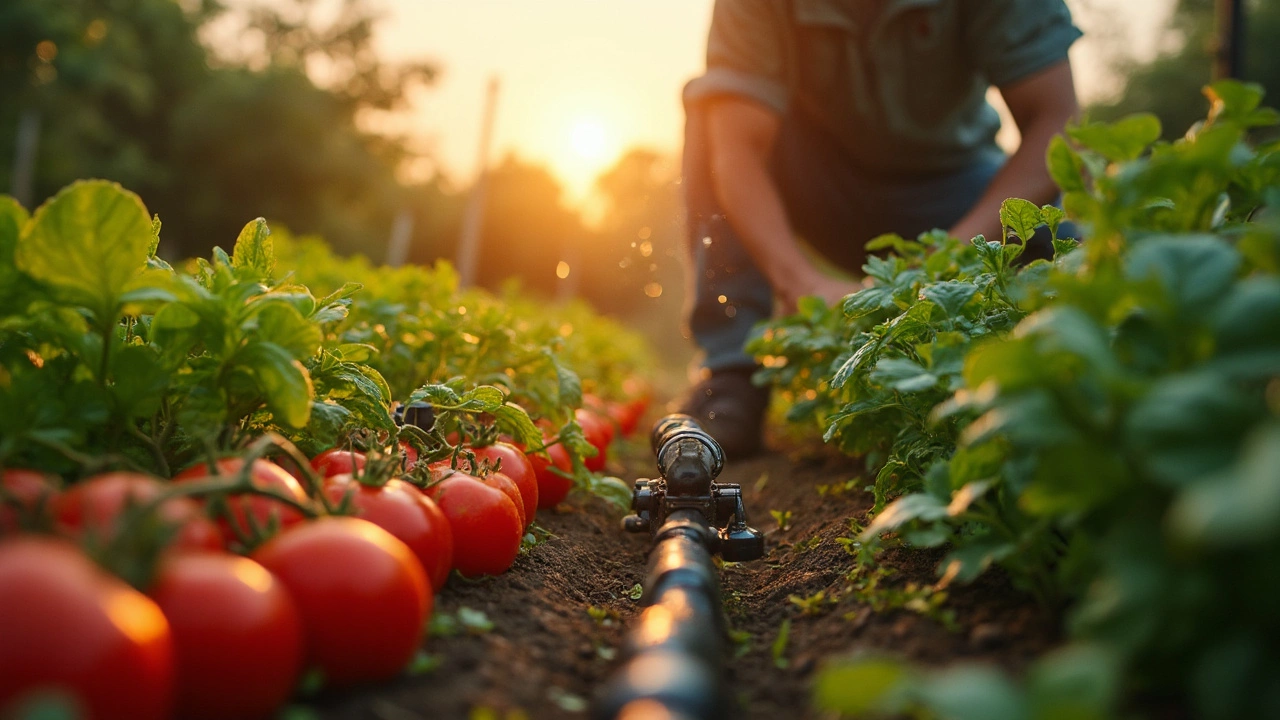Irrigation Maintenance Tips for a Healthy Garden
If you rely on drip lines, micro‑sprinklers or any watered setup, skipping maintenance will cost you water, money, and plant health. A few minutes each month can keep the system humming and your garden thriving.
Why Regular Maintenance Matters
Water pressure drops, clogged emitters, and broken tubing are the most common culprits behind uneven watering. When a line clogs, the plants downstream get thirsty while the ones up front stay soggy. Over time, mineral deposits from hard water build up inside the tubing, especially in India's hot climates, and the whole system can lose efficiency.
Besides water waste, a neglected system invites pests and algae growth. A quick visual check can spot a leaky joint before it turns into a pricey repair. In short, a well‑maintained irrigation network saves water, reduces your bills, and lets you enjoy a greener garden without the guesswork.
Step‑by‑Step Maintenance Checklist
1. Turn off the water and relieve pressure. Before you touch anything, shut the main valve and open the end of the line to let any trapped water out. This prevents sudden bursts when you disconnect hoses.
2. Inspect for visible damage. Walk the whole layout and look for cracked tubing, loose fittings, or tears. Even a tiny hole can waste gallons per hour.
3. Clean emitters and micro‑sprinklers. Remove each emitter and soak it in a bucket of white vinegar for 10‑15 minutes. A soft brush will clear any debris or mineral crust. Rinse well and snap them back in place.
4. Flush the system. Attach a garden hose to the inlet and run water at a higher pressure for a few minutes. The surge pushes out remaining particles that may have settled during the off‑season.
5. Check pressure regulators. Use a pressure gauge to ensure the system operates within the recommended range (usually 10‑30 psi for drip). Adjust the regulator if the reading is off.
6. Test for leaks. After re‑pressurizing, walk the line with a dry cloth. Any wet spots mean a leak that needs tightening or a replacement piece.
7. Seasonal adjustments. In monsoon‑prone regions, consider raising the line a few centimeters to avoid waterlogging. During winter, drain and store any exposed tubing to protect it from freezing.
Following this checklist twice a year—once at the start of the growing season and once before winter—keeps most issues from becoming emergencies.
For gardeners who love low‑maintenance solutions, the investment in a simple automatic pressure sensor can alert you to drop‑off events via a smartphone notification. It’s a small tech add‑on that saves a lot of hassle later.
Remember, irrigation maintenance isn’t a one‑time chore; it’s a habit that pays off with healthier plants, lower water bills, and less stress when you step outside to see your garden flourish.
Drip Irrigation System Life Expectancy: What to Really Expect
Curious how long a drip irrigation system lasts? This article breaks down the real-life lifespan of drip systems, the factors that stretch or cut short their life, and the simple habits that keep them running for years. You’ll get insights on what to inspect, what actually fails first, and practical tips to avoid common setbacks. Ideal for homeowners, gardeners, or anyone planning a new setup. Get the honest facts before you invest or upgrade.
About
Drip Irrigation
Latest Posts
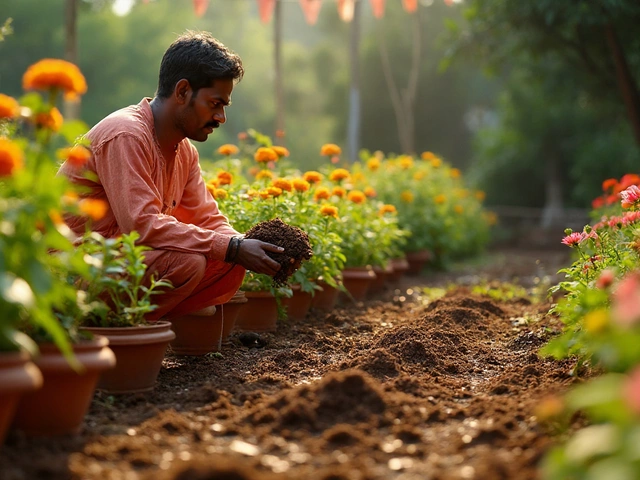
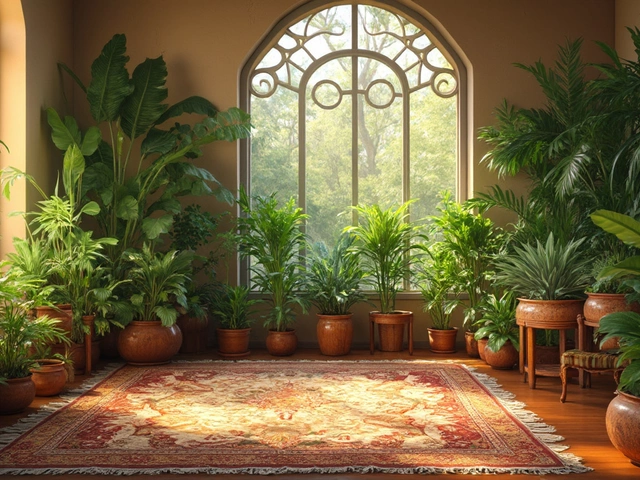
Should I Mist My Happy Plant? Unpacking the Benefits and Myths
By Alden Thorne Apr 4, 2025

Number One Natural Insect Repellent: The Truth About What Really Works
By Alden Thorne Jun 10, 2025
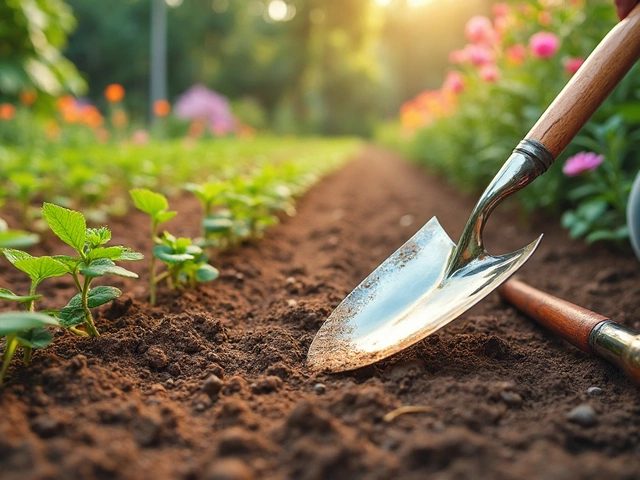
The First Essential Tool Every Gardener Needs
By Alden Thorne Apr 16, 2025
